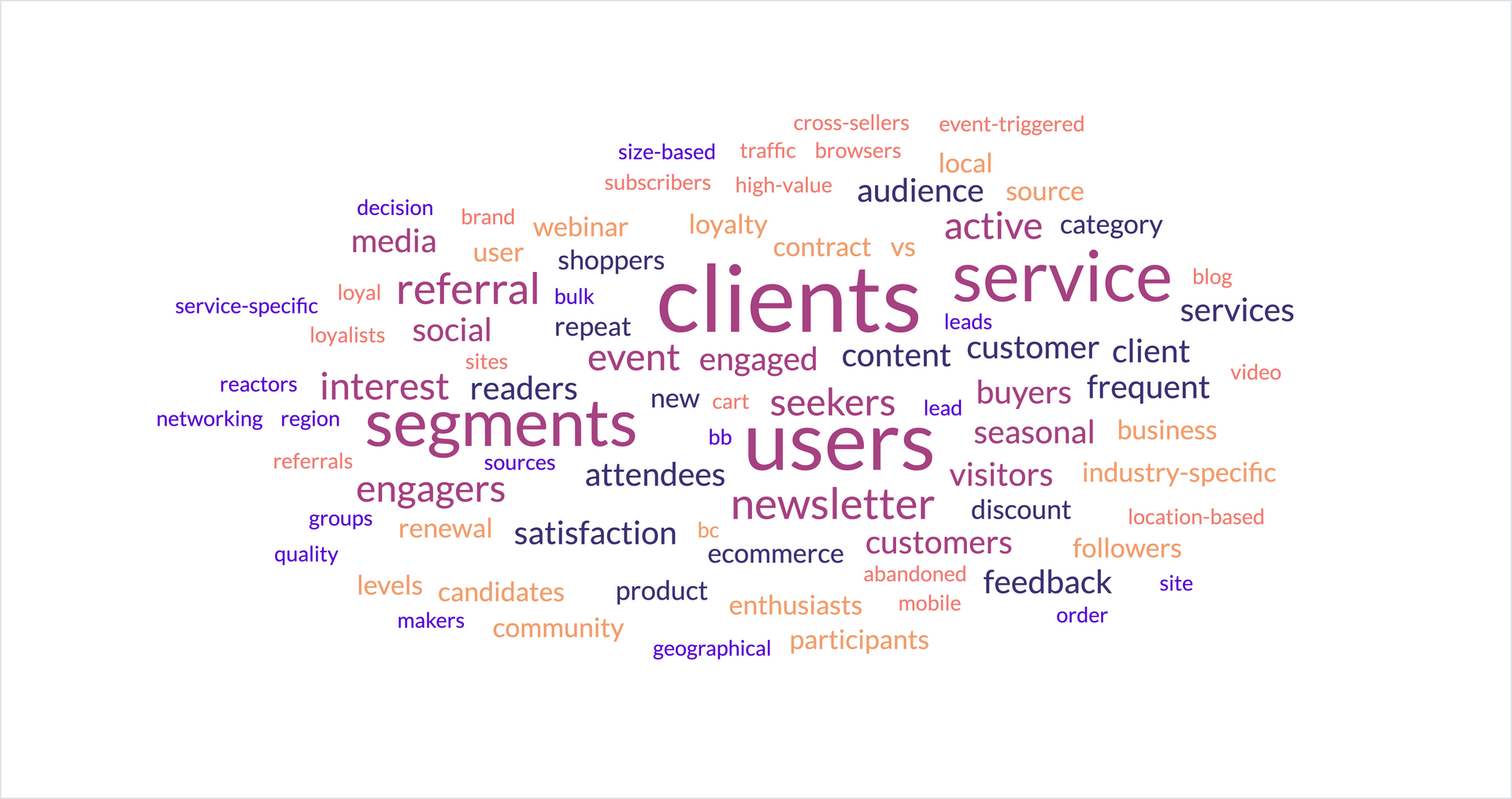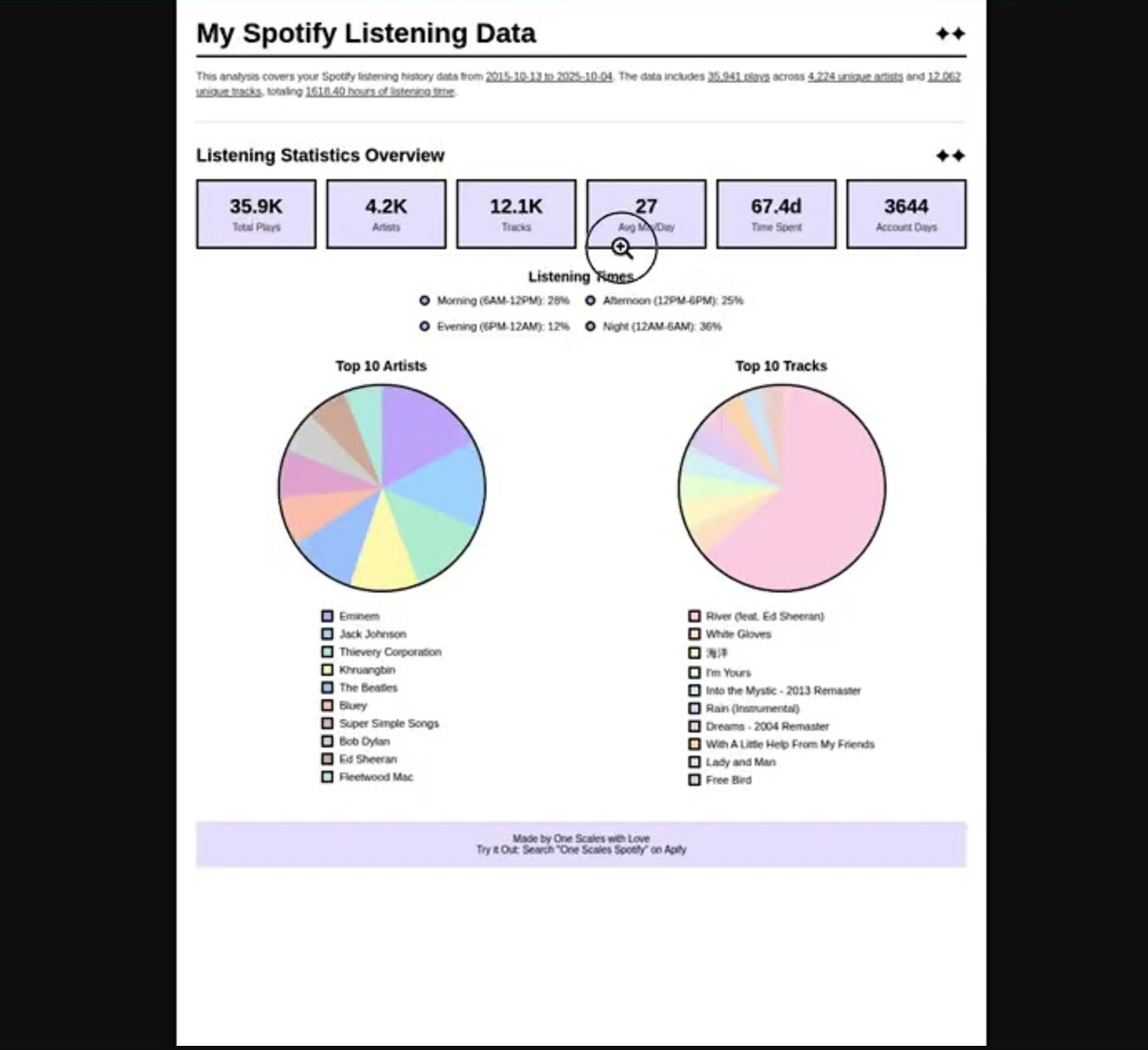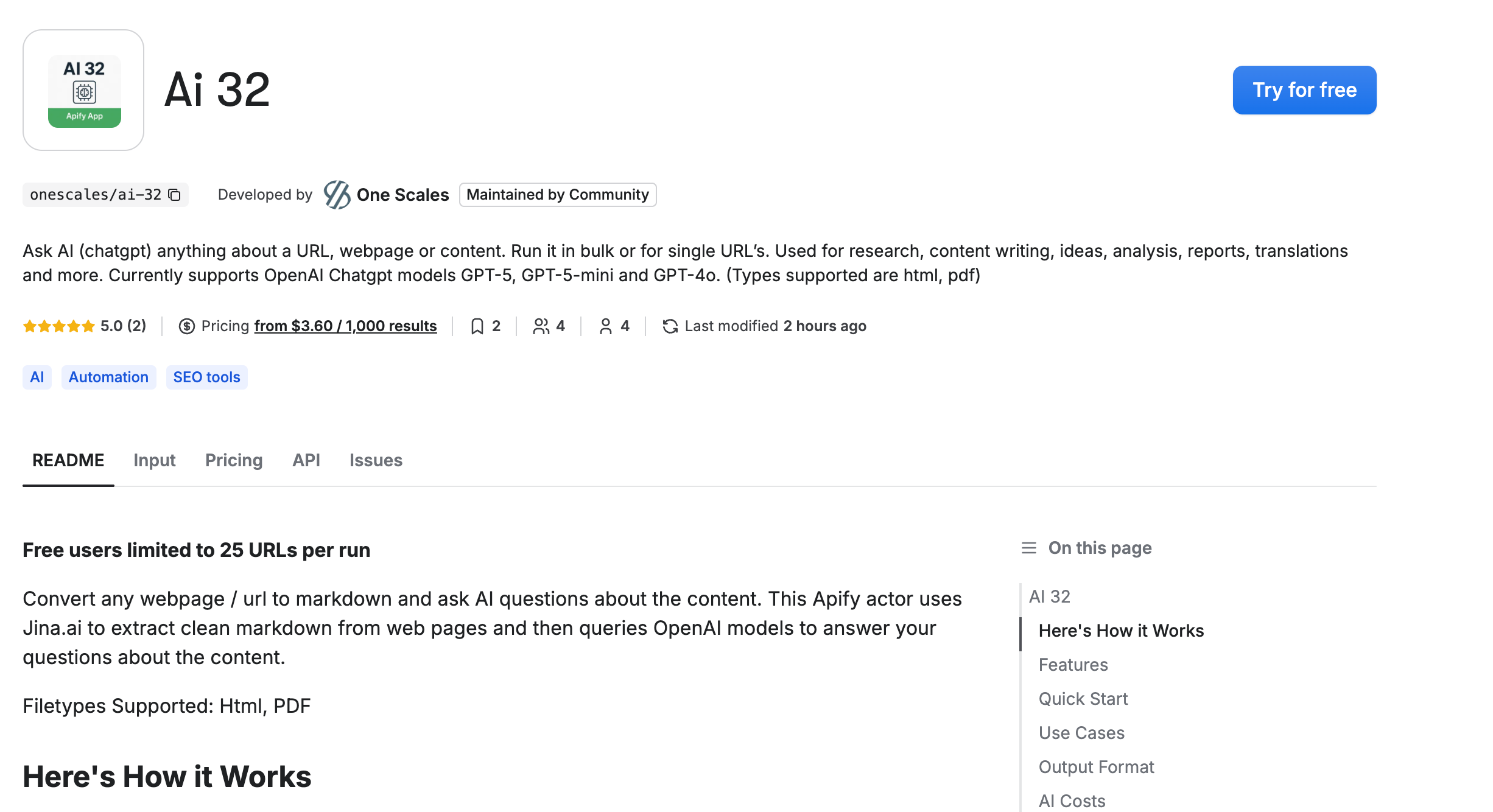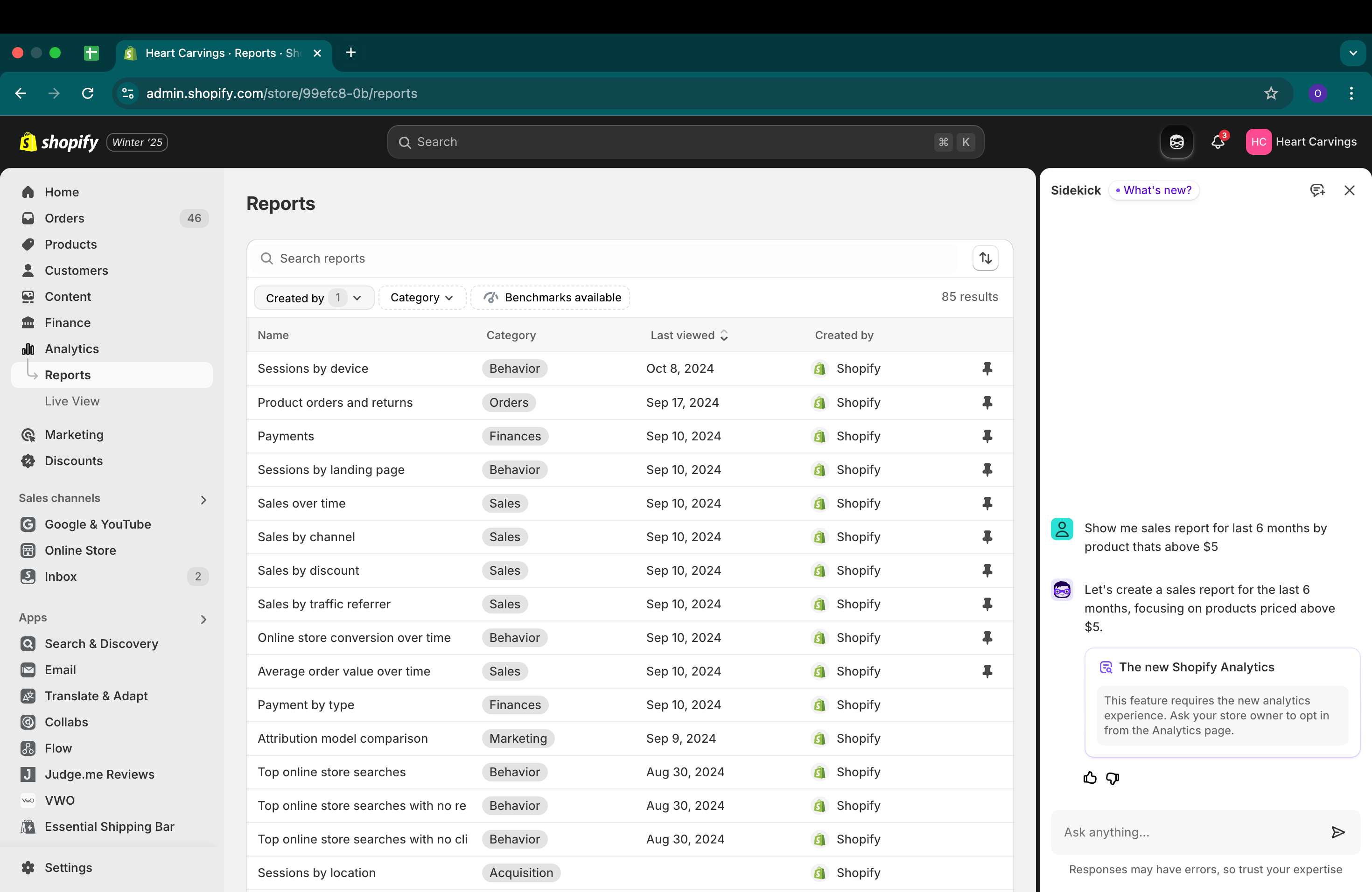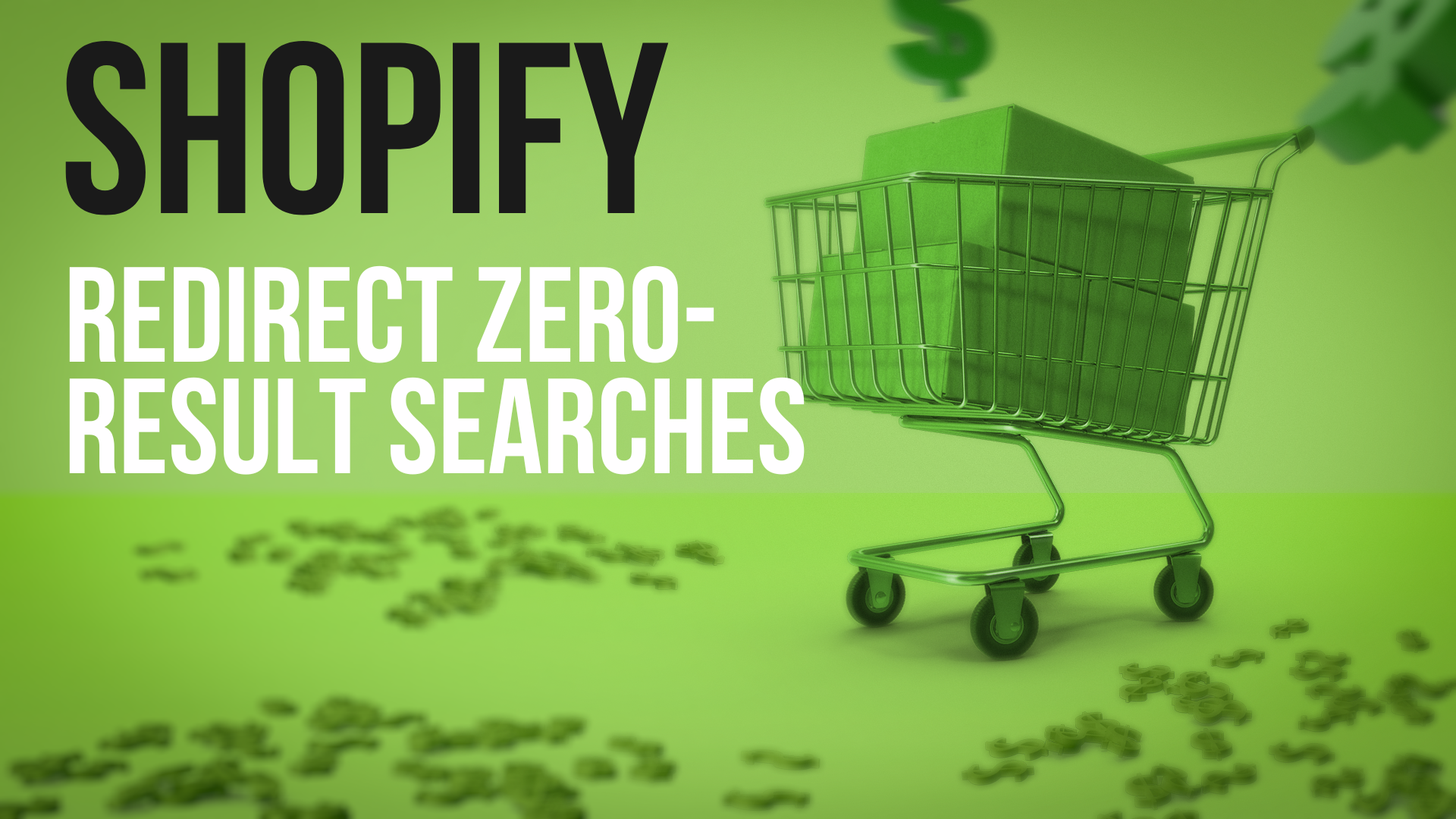Creating effective audience segments in Google Analytics 4 (GA4) is extremely important for you as a marketer, business owner or ad manager.
Google Analytics enable's you to not only analyze user behavior in depth based on the audience but also create target and remarketing ads based on what you created.
Here's examples for 5 different categories of businesses
A. B2C Ecommerce Sites
- Repeat Customers: Users who have made multiple purchases.
- Abandoned Cart Users: Visitors who added items to their cart but didn't complete the purchase.
- High-Value Customers: Customers with the highest lifetime value.
- Seasonal Shoppers: Users who shop during specific seasons or holidays.
- Discount Seekers: Users who purchased using promo codes.
- Brand Loyalists: Customers who frequently purchase a specific brand.
- New Visitors: First-time site visitors.
- Product Category Enthusiasts: Users who browse specific product categories.
- Browsers Not Buyers: Visitors who browse but don't purchase.
- Engaged Visitors: Users who spend a long time on site or view many pages.
- Social Media Referrals: Users coming from social media platforms.
- Newsletter Subscribers: Users subscribed to your newsletters.
- Mobile Shoppers: Users who primarily use mobile devices.
- Location-Based Audience: Users from specific geographic locations.
- Cross-Sellers: Customers who might be interested in related products.
- Event-Triggered Audience: Users who visit during sales or events.
- Video Content Engagers: Users who engage with your video content.
- Customer Feedback Participants: Users who have provided feedback.
- Loyal Blog Readers: Users who regularly read your blog.
- Referral Traffic: Users coming from referral sites.
B. B2B Ecommerce
- Industry-Specific Clients: Clients from specific industries.
- Bulk Order Clients: Clients who order in bulk.
- Contract Repeat Buyers: Clients with long-term contracts.
- Business Size-Based Segments: Differentiating between SMBs and large corporations.
- Geographical Region Clients: Clients from specific regions.
- Product Interest Groups: Based on product categories they explore.
- Lead Quality Segments: High, medium, and low-quality leads.
- Event Attendees: Clients who attend your webinars or events.
- Content Engagers: Clients engaging with your whitepapers, case studies, etc.
- Service-Specific Clients: Clients interested in specific services.
- Newsletter Engaged Clients: Clients who interact with email content.
- Decision Makers: Segments based on job titles.
- Frequent Site Visitors: Clients who visit your site frequently.
- Client Referral Sources: Clients referred by other clients.
- Seasonal Buyers: Clients buying during specific seasons.
- Discount Reactors: Clients who respond to discounts or offers.
- Networking Event Leads: Leads generated from networking events.
- CRM Activity-Based: Clients with specific activities in CRM.
- Feedback Providers: Clients who provide feedback.
- Webinar Participants: Clients who participate in webinars.
C. Business Services
- Service Category Interest: Based on the type of services browsed.
- Contract Length Interest: Short-term vs. long-term service clients.
- Consultation Seekers: Users who seek consultations.
- Industry-Focused Segments: Segments based on client industries.
- High-Engagement Users: Users highly engaged with content.
- Referral Source Segments: Clients coming from different referral sources.
- Frequent Inquiry Submitters: Users who frequently inquire about services.
- Local vs. Global Clients: Segmentation based on client location.
- Newsletter Readers: Regular newsletter readers.
- Event-Focused Audience: Attendees of specific events.
- Service Renewal Candidates: Clients up for service renewals.
- Peer Recommendation Followers: Clients coming through peer recommendations.
- Social Media Engagers: Clients interacting on social platforms.
- Budget-Sensitive Clients: Clients sensitive to pricing.
- Customer Satisfaction Segments: Based on feedback or surveys.
- Corporate vs. SMB Clients: Differentiating corporate clients from SMBs.
- Upsell Candidates: Clients who might be interested in more services.
- Client Loyalty Segments: Based on repeat business.
- Webinar Attendees: Clients attending informational webinars.
- Case Study Engagers: Clients engaging with case studies.
D. Home Services
- Local Service Seekers: Based on geographic location.
- Service Type Interest: Different services like plumbing, electrical, etc.
- Seasonal Service Users: Clients who use services seasonally.
- Emergency Service Clients: Clients needing urgent services.
- New Homeowners: Targeting recent homebuyers.
- Recurring Service Clients: Clients who need regular service.
- Referral Clients: Gained through word-of-mouth.
- Budget Range Clients: Segments based on spending ability.
- Service Satisfaction Respondents: Based on feedback.
- Online Quote Requestors: Clients asking for quotes online.
- Social Media Followers: Clients who follow you on social media.
- Newsletter Engaged Clients: Engaging with email newsletters.
- DIY Enthusiasts: Clients interested in DIY tips.
- Event Promotion Responders: Responding to special events or offers.
- Family-Oriented Segments: Families needing specific services.
- Green Service Seekers: Interested in eco-friendly services.
- Senior Citizen Services: Services tailored for older adults.
- First-Time Service Users: Clients new to home services.
- Loyalty Program Members: Clients in loyalty programs.
- Community Active Clients: Clients active in local community events.
E. SaaS
- Free Trial Users: Users currently on a free trial.
- Subscription Upgrade Potential: Users likely to upgrade subscriptions.
- Feature-Specific Users: Users interested in specific features.
- Industry-Specific Users: Segments based on user industry.
- User Engagement Levels: Based on how they use the software.
- Feedback Active Users: Users who give regular feedback.
- Referral Source Users: Users coming from referral sources.
- Educational Content Consumers: Users who consume your tutorials or webinars.
- Account Inactivity Segments: Users with low activity.
- Customer Support Frequent Users: Regularly contacting support.
- Community Active Users: Active in community forums or discussions.
- Beta Testers: Users interested in testing new features.
- Renewal Timeframe Segments: Users close to their renewal date.
- High Lifetime Value Customers: Users with high overall value.
- Multi-User Accounts: Accounts with multiple users.
- Region-Specific Users: Segmentation based on geographic location.
- Segment by User Role: Based on the role within their organization.
- Client Satisfaction Levels: Segmented by satisfaction survey results.
- Event Attendees: Users attending your events or webinars.
- Newsletter Active Readers: Engaged with your email content.
